Each January, families with incoming kindergartners visit our school. My colleagues and I invite them into our classrooms after school and say:
“When you look around, we hope you can see the kinds of learners that share this space. Each day, when children enter our classrooms, they see themselves, they see their passions, they see their learning.”
Now, more than ever, a classroom needs to be a place where all children are seen. It may be the only place to be seen safely, to be seen for who they are, to be seen beyond what they look like.
When thinking of our own classrooms, we can ask:
If ______ did not come to school for a day, would they still be seen in the classroom environment?
Would they be seen in photographs, in portraits, in artwork?
Would their interests be seen in the library? In the topics being studied? Would their needs be seen in the classroom setup?
Would they be seen in the mentor authors being studied? In the tools created? In the work displayed? Would their thoughts and ideas be visible?
Becoming Visible
The more children become visible in classrooms, the more they become visible in learning. When constructing an identity, it transfers to writing, to artwork, to the kinds of books being read, to topics of conversation, to the roles played in communities.
As educators, it can feel important to nurture a child’s identity as a reader, a writer, a problem-solver, and so on. Rather than compartmentalize, we can shift our mindset. By helping each student develop a strong sense of self, it feeds the kind of readers, writers, and problem-solvers they are.
For example, my kindergartners discovered that Jaxson, is someone who lives and breathes dinosaurs. As a reader, Jaxson identified as researcher, constantly on the mission to deepen his understanding of extinct giants. As a writer, Jaxson identified as a teacher and creator, sharing his wealth of accumulated information and rich imagination. As a mathematician, Jaxson became an expert measurer, after constructing a life-size model of a baby apatosaurus.
Strengthening Identity Through Writing
A place to make meaning of ourselves and the world around us, writing is a powerful tool for self-discovery.
Narrative writing connects us to our past, to the stories that have shaped who we are.
Informational and procedural writing allow us to become the experts, to learn and teach about our passions.
Persuasive writing is deeply tied to our emotions, often inspired by moments of injustice, driven by a need that calls for action.
Fictional writing feeds our imagination, turns the impossible into a reality.
Poetry awakens the artist inside. It takes us to a place where the rules we are bound to do not exist.
However, when idea-collection tools are stored in folders, we miss a valuable opportunity to make the diverse lives, passions, and experiences of our communities visible. Instead, we can rely on the classroom as a tool for making children, their identities, and experiences seen.
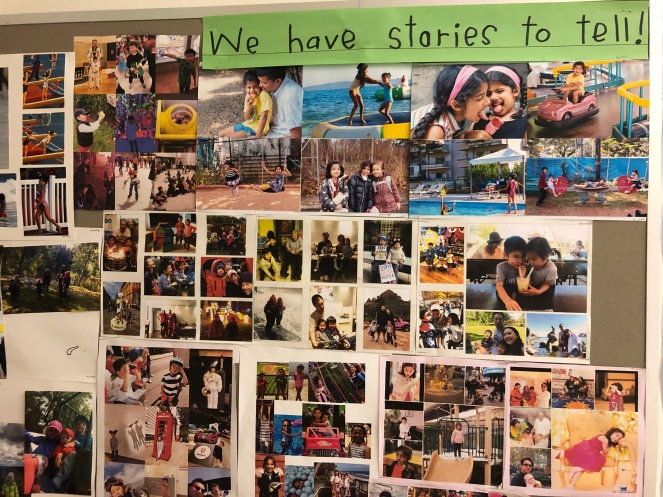
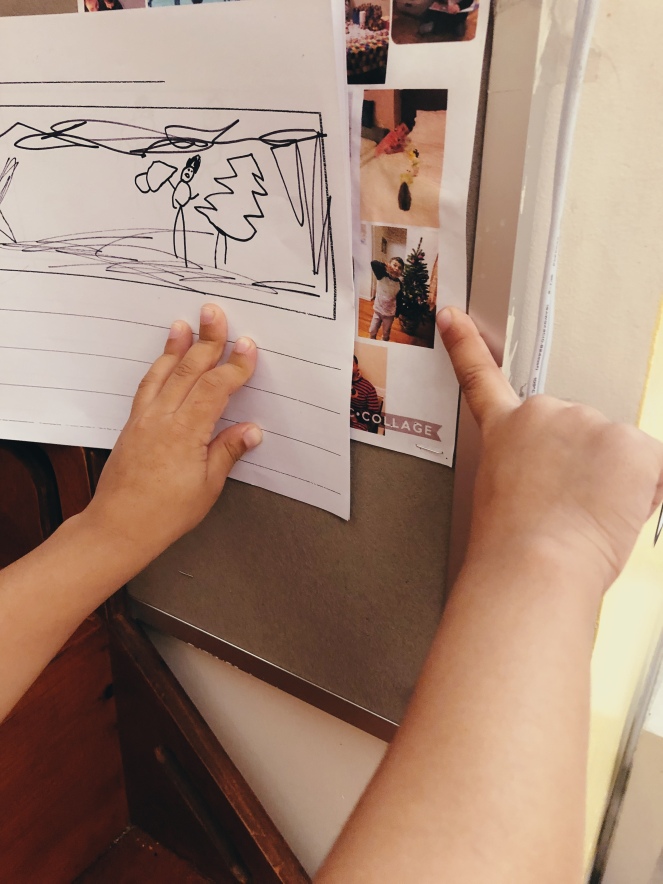
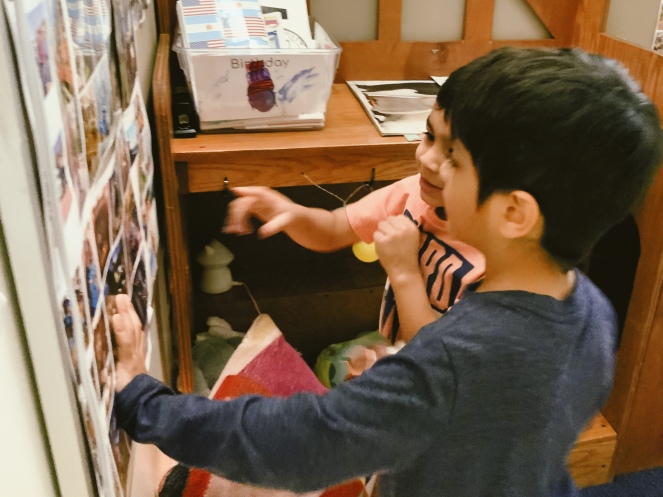
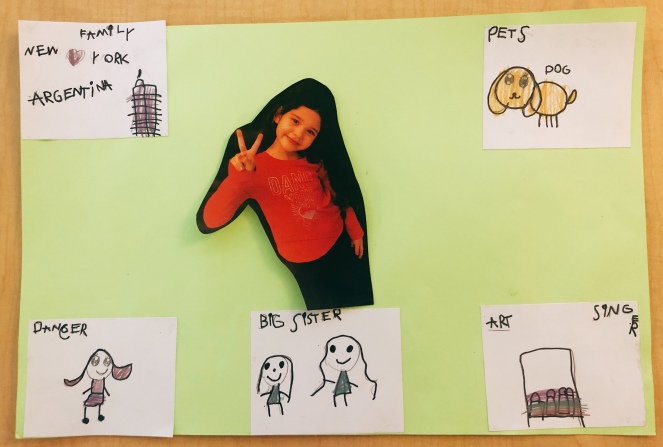
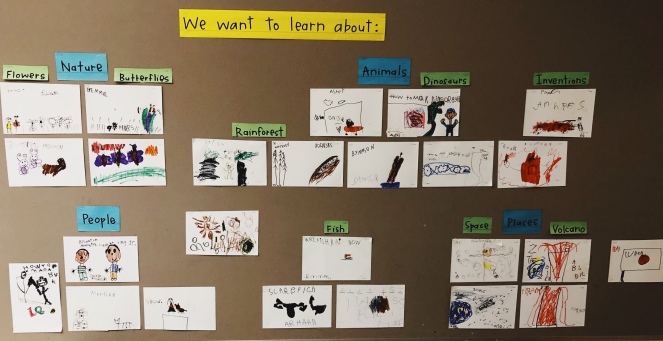
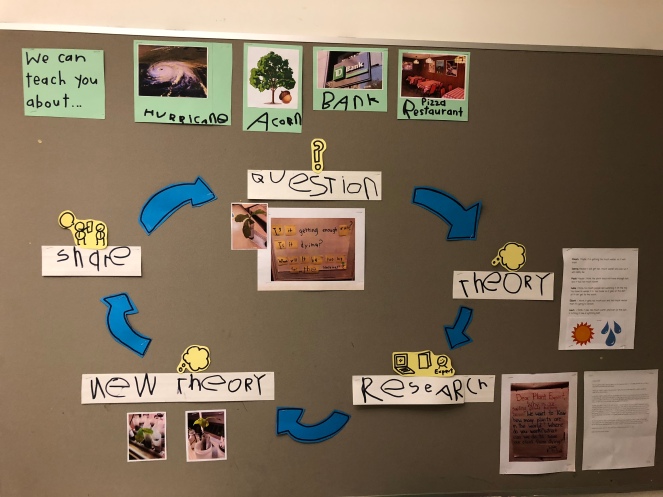
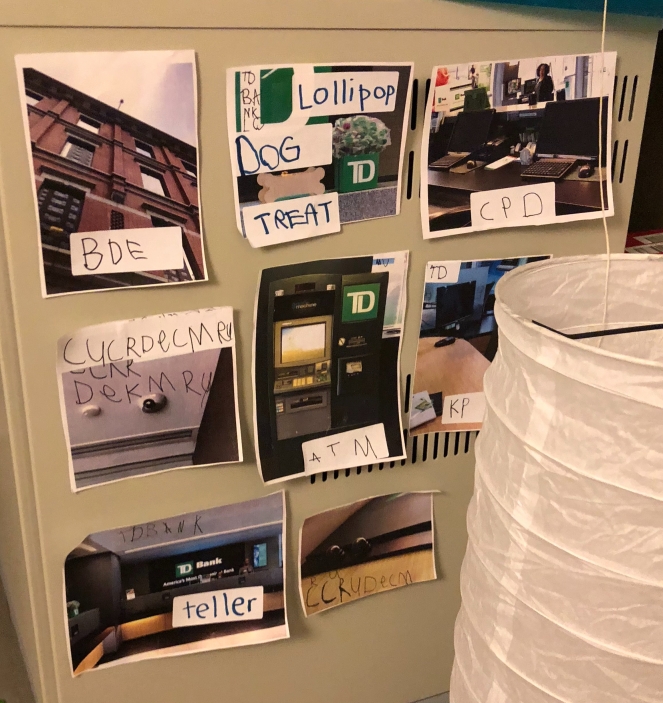
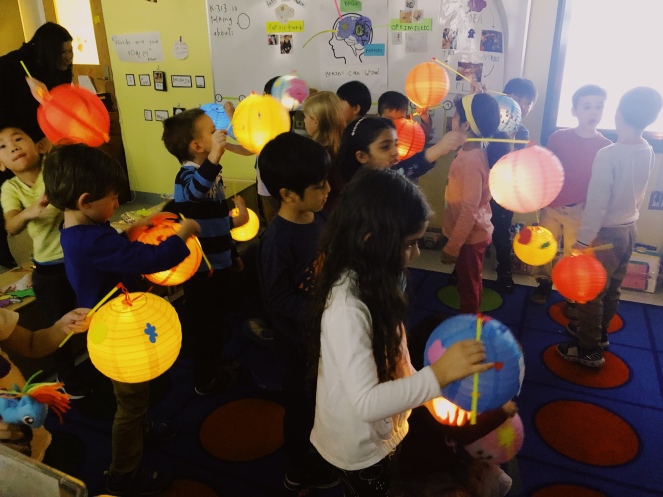
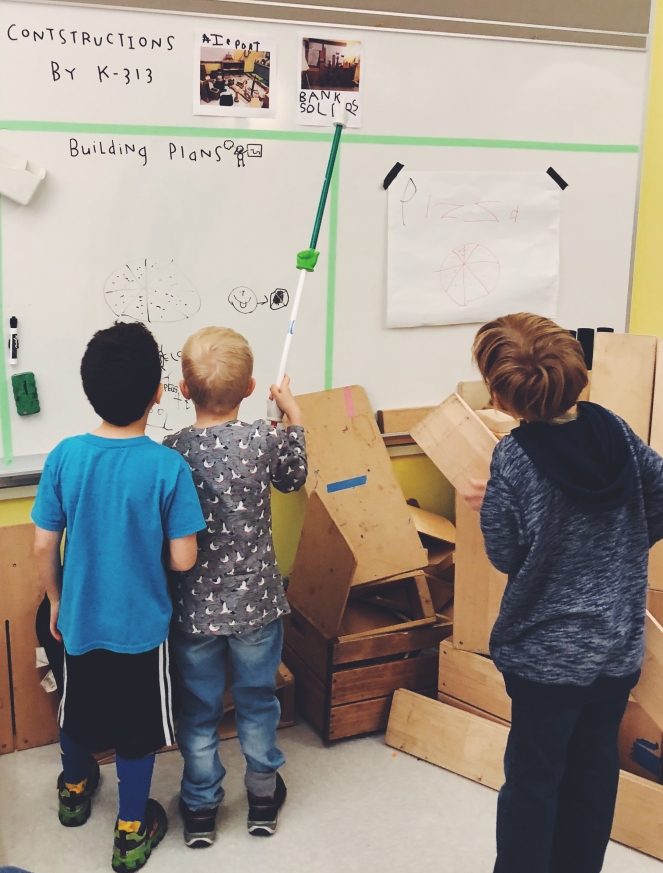
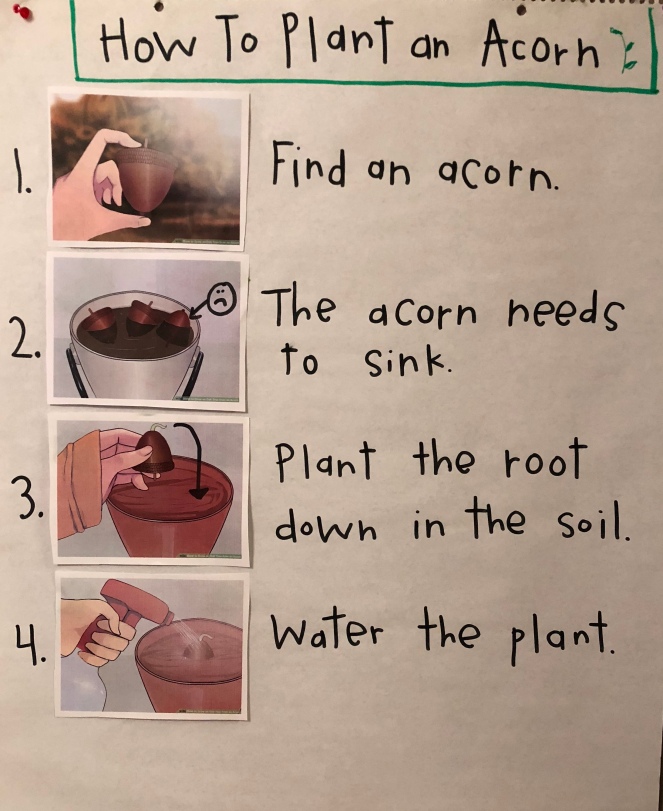
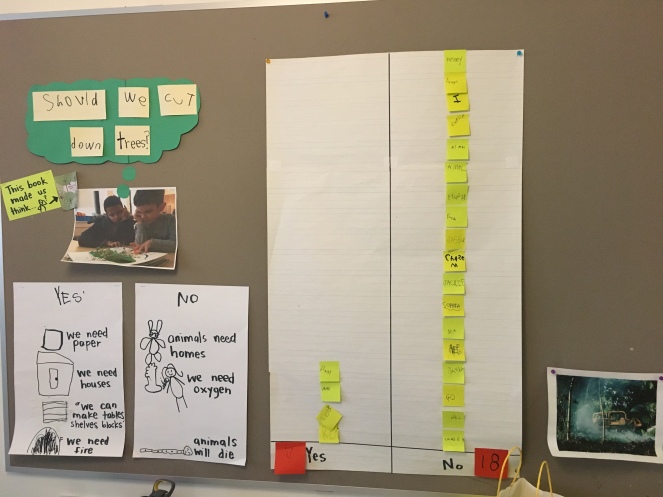
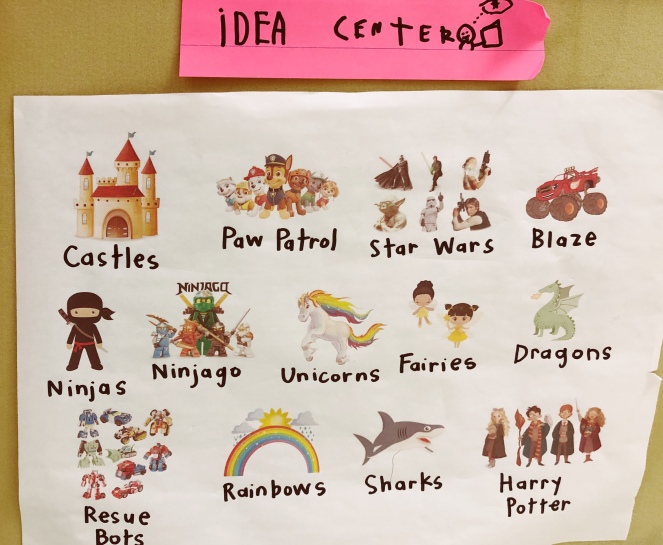

When we make what matters visible, a classroom can be a place for children to be inspired, to see themselves as important, to make connections with others, and to see experiences that are similar and very different than their own.


I found this post about making our learners visible very thought-provoking.
As a literacy specialist working primarily with striving readers and/or students receiving RtI, I look around my work space and see a whole lot of ME there – my passions, my personality, my family, my thinking, my posters and anchor charts… I’m certainly visible there. Anyone who ventures into my space would immediately get an idea of who I am as a teacher and what I value.
But are my learners visible there? Hmmmmm… I’m not so sure.
Although I share a common area with other literacy specialists (my own work space being separated from others by simple, moveable dividers, not full walls), I am convinced that I can still find ways to make sure all my students are seen as well. This will be one of my goals for the rest of this school year.
Thank you for inspiring me!
LikeLike
Gina, this thinking is so powerful and inspiring to me! Can I share your comment on twitter? I think other educators should see it and are likely in a similar situation. I think it’s equally as important that the learners you are working with see themselves in your space. I’m imagining spaces where they can name ways they are growing, what they are proud of! Or books they love. Or their writing. Please let me know what you think of or try!!
LikeLike
Good morning, Kelsey!
Of course! Please do share it. I retweeted your post yesterday with a similar (albeit shorter) comment but I do not have a very high Twitter profile – so the reality is, it won’t get much traction… 😃
Your post was the catalyst for a powerful “a-ha” moment for me as an educator – I’d be honored to play a part, however small, in spreading that inspiration to others.
I am already chewin’ on a few different ideas to highlight my beautiful little writers in our shared learning space… not quite there yet, but getting excited!!!
LikeLike
I wish-wish-wish I did more of this when I was a classroom teacher. Like Margaret, I taught upper grades. Many of these things never even occurred to me. Other than sharing and printing off photos from field trips, I think I did a lousy job of bringing my students’ lives to life on the walls of my classroom.
Going with the whole “if you know better, you do better” theme, these ideas are surely ones I can share with teachers I work with now as a consultant.
Thanks, as always, for sharing your classroom and incredible ideas with us!
LikeLike
I teach older elementary students, but I was inspired by your post to do more with the home/ school connection by bringing in photos. I love “I can do this tomorrow” ideas. Thanks!
LikeLike
It’s so great to hear that this can be applied to upper grades. Thank you for your kind comment, Margaret!
LikeLike